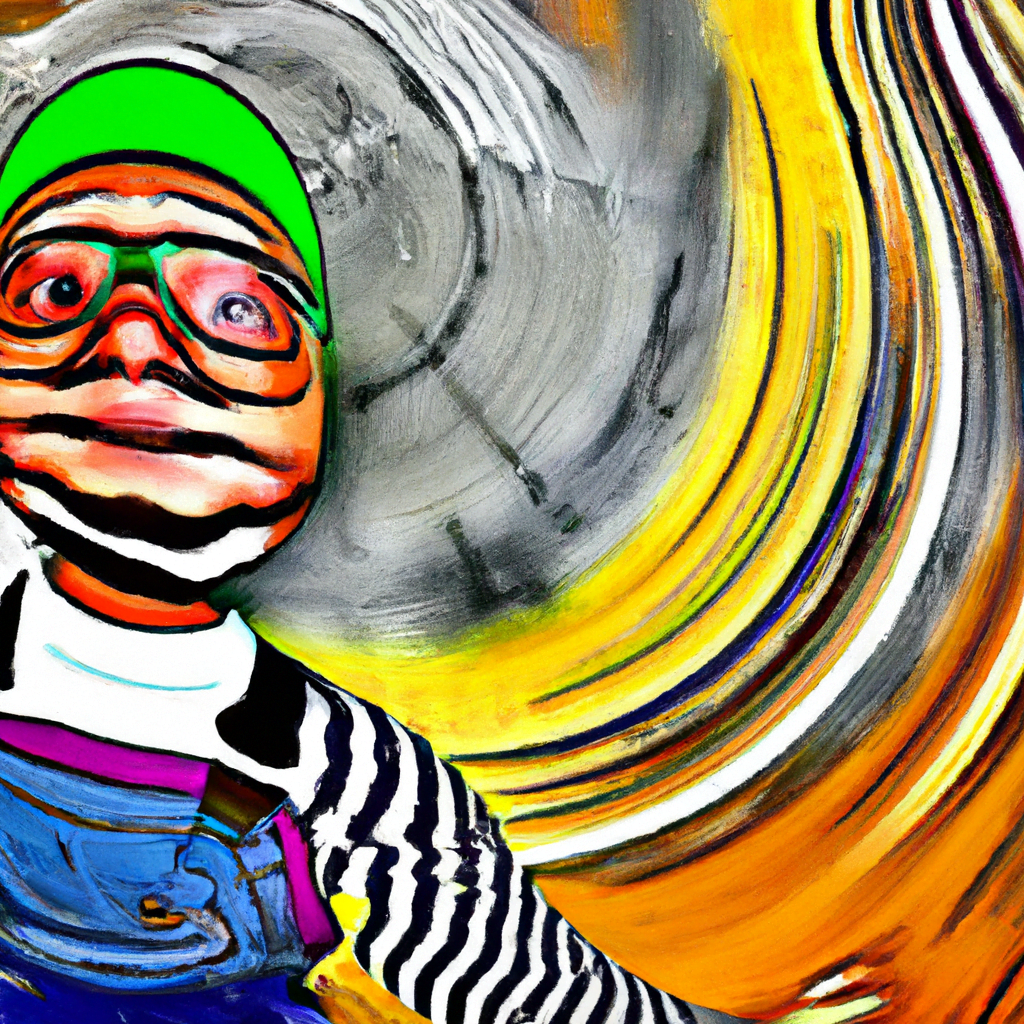Exploring Surrealism in Illustration
Surrealism is an artistic movement that emerged in the early 20th century, characterized by its dreamlike and irrational imagery. It sought to challenge conventional artistic techniques and explore the depths of the subconscious mind. While surrealism is often associated with painting and sculpture, it has also made a significant impact on the world of illustration. In this article, we will delve into the world of surrealism in illustration, examining its history, techniques, and notable artists.
The Origins of Surrealism
Surrealism originated in the aftermath of World War I, a time of great social and political upheaval. The movement was heavily influenced by the writings of Sigmund Freud, particularly his theories on the unconscious mind and dream analysis. Surrealists sought to tap into the hidden recesses of the mind, exploring the irrational and fantastical aspects of human experience.
One of the key figures in the development of surrealism was André Breton, who published the Surrealist Manifesto in 1924. This manifesto outlined the principles of the movement, emphasizing the importance of the unconscious and the rejection of rationality. Surrealists aimed to create art that was free from the constraints of reason and logic, allowing for the expression of deep-seated desires and fears.
Surrealism in Illustration
While surrealism is often associated with painting, it has also had a significant impact on the world of illustration. Illustrators have embraced the dreamlike and irrational qualities of surrealism, using them to create visually striking and thought-provoking images.
One of the key techniques used in surrealistic illustration is juxtaposition. By combining seemingly unrelated objects or elements, illustrators can create a sense of disorientation and surprise. This technique challenges the viewer’s expectations and invites them to interpret the image in their own unique way.
Another technique commonly employed in surrealistic illustration is distortion. Artists may distort the proportions or shapes of objects, creating a sense of unease or otherworldliness. This distortion can also serve to highlight the emotional or psychological state of the subject.
Color is another important element in surrealistic illustration. Surrealists often use bold and vibrant colors to create a sense of intensity and heightened reality. These colors can evoke strong emotions and add to the overall dreamlike quality of the image.
Notable Surrealist Illustrators
There have been many talented illustrators who have embraced surrealism in their work. Here are a few notable examples:
- Salvador Dalí: Perhaps one of the most famous surrealist artists, Dalí’s illustrations are characterized by their bizarre and dreamlike imagery. His work often features melting clocks, distorted figures, and fantastical landscapes.
- René Magritte: Magritte’s illustrations are known for their juxtaposition of ordinary objects in unexpected ways. His work often challenges the viewer’s perception of reality and invites them to question the nature of representation.
- Max Ernst: Ernst’s illustrations often feature strange and fantastical creatures, blurring the line between the real and the imaginary. His work is characterized by its intricate detail and meticulous technique.
The Impact of Surrealism in Illustration
Surrealism has had a profound impact on the world of illustration, pushing the boundaries of what is considered possible and acceptable in visual storytelling. By embracing the irrational and the dreamlike, illustrators have been able to create images that challenge and provoke the viewer.
Surrealistic illustration has also found its place in advertising and commercial art. Advertisers have recognized the power of surreal imagery to capture attention and create a lasting impression. By using surrealistic techniques, advertisers can create memorable and visually striking campaigns that stand out from the crowd.
Furthermore, surrealism in illustration has also found a home in the world of book covers and album art. The dreamlike and fantastical qualities of surrealistic illustration can perfectly capture the essence of a story or a musical composition, drawing the viewer or listener into a world of imagination and wonder.
Conclusion
Surrealism in illustration is a powerful and captivating art form that allows artists to explore the depths of the subconscious mind. By embracing techniques such as juxtaposition, distortion, and bold colors, illustrators can create visually striking and thought-provoking images that challenge the viewer’s perception of reality.
Through the work of notable surrealist illustrators like Salvador Dalí, René Magritte, and Max Ernst, surrealism has left an indelible mark on the world of illustration. Its impact can be seen in advertising, commercial art, book covers, and album art, where surrealistic imagery continues to captivate and inspire.
As we continue to explore the depths of the human imagination, surrealism in illustration will undoubtedly remain a powerful and influential force in the world of art and design.
